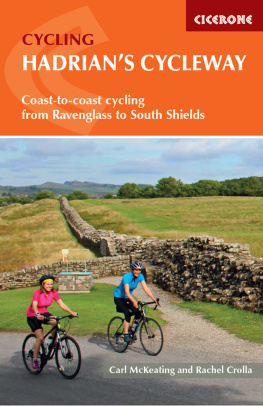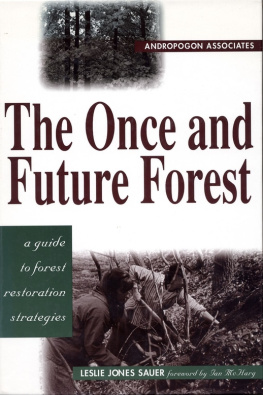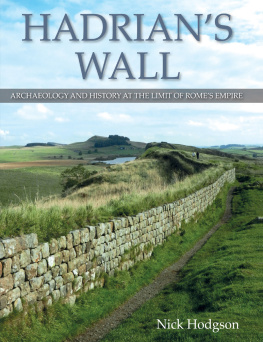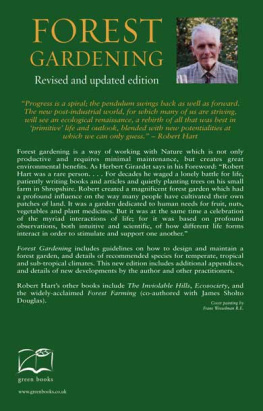Windgather Press is an imprint of Oxbow Books
Published in the United Kingdom in 2018 by
OXBOW BOOKS
The Old Music Hall, 106108 Cowley Road, Oxford, OX4 1JE
and in the United States by
OXBOW BOOKS
1950 Lawrence Road, Havertown, PA 19083
Windgather Press and H. Cook 2018
Paperback Edition: ISBN 978-1-911188-19-3
Epub Edition: ISBN 978-1-911188-20-9 (epub)
Mobi Edition: ISBN 978-1-911188-21-6 (mobi)
A CIP record for this book is available from the British Library
All rights reserved. No part of this book may be reproduced or transmitted in any form or by any means, electronic or mechanical including photocopying, recording or by any information storage and retrieval system, without permission from the publisher in writing.
For a complete list of Windgather titles, please contact:
| United Kingdom | United States of America |
| Oxbow Books | Oxbow Books |
| Telephone (01865) 241249 | Telephone (800) 791-9354 |
| Fax (01865) 794449 | Fax (610) 853-9146 |
| Email: |
| www.oxbowbooks.com |
Oxbow Books is part of the Casemate group
| Front cover image: | Sunbeams through early morning mist (istock.com/RichardALock) |
| Back cover image: | Wetland and restored river section near to Brockenhurst (photo: author) |
List of Illustrations
1.1 The vert: a typical New Forest Scene
1.2 The New Forest 1964 perambulation
1.3 The Map of Percival Lewis, 1811
1.4 The venison: a New Forest red deer
2.1 The impact of management on individual trees
2.2 Landscape of typical wood pasture
2.3 The mature climax vegetation of Britain during the Atlantic period
2.4 Geological map of the New Forest
2.5 Relative swings in climate affecting Britain during the past 700,000 years
2.6 Agricultural Land Classification for the New Forest area
2.7 The modern New Forest boundary and major land covers
2.8 Timeline for the New Forest
2.9 Examples of enclosures near to Fritham
2.10 Coniferisation of the New Forest
2.11 Valley mire model and vegetation classification
2.12 Terrace slope plant communities
3.1 Neolithic and Bronze Age monuments and artefact finds in the New Forest area
3.2 The Earthworks Complex at Lucy Hill
3.3 Iron Age Hillforts in the New Forest
3.4 Iron Age and Romano-British roads, monuments and artefacts
3.5 Presumed Anglo-Saxon Manors at Domesday within the New Forest
3.6 Lidar Imagery showing the potential site of a deserted medieval village at Landford Lodge, Landford
4.1 Domesday (1086) holdings in the New Forest and surroundings
4.2 Approximate perambulation of the New Forest in 1344
4.3 Areas of private enclosures within the New Forest perambulation
4.4 Earthwork remains of New Forest Hunting Lodges
5.1 Bailiwicks in the New Forest
5.2 The Charter of the Forest 1217
6.1 Monastic foundations in and around the New Forest
6.2 First page of the 1717 (4th) edition of Manwoods A Treatise of the Laws of the Forest
6.3 Examples of encroachment on the forest margins around Frogham
7.1 The front cover of John Evelyns (1664) Sylva, or a Discourse of Forest Trees
7.2 The segment of the Drivers map depicting Burley Manor
7.3 Harry Brusher Mills
7.4 Modern day Nomansland
7.5 East Boldre and Beaulieu Manor and Parish Boundary
8.1 New Forest Common land
8.2 Extract from Milnes map (1791)
9.1 Protected areas in the New Forest
9.2 The National Park boundary
9.3 Wetland and restored river section near to Brockenhurst
Preface
As a postgraduate student in education I was once invited to contemplate whether some areas have more geography than others. This deliberately absurd proposition is nigh impossible to answer, for everywhere on Earth has its geographical description and relationship with other places. So, aside from complexity, what can be more or less about that? And it should always be recalled that most places on land have been altered by humans to some degree.
One possible answer to the question posed is implicitly political: we value some areas more than we do others. Certain areas are undeniably sought out by the educator, scientist, scholar, artist or tour guide more than others. The English landscape we see today is the outcome of political processes which underpin raw economic development, incorporating both national policy and local conflicts in the utilisation and distribution of natural resources; landscape is the outcome of human intervention in nature.
Alongside the Norfolk Broads and South Downs, the New Forest is one of Britains first lowland national parks. The establishment of the New Forest National Park (not without controversy) was contested mostly on the basis that there have been clear and (sometimes) effective forms of legislative provision and governance over 900 years. Protecting a cherished area from the ravages of the modern world is quite another matter, for it was to be demonstrated within a decade of National Park establishment that central government perhaps cannot be wholly trusted with heritage forested areas.
As the newly established New Forest National Park Authority (NFNPA) set about conserving this amazing historic landscape, in January 2011 we read of proposals from the Coalition Government for a Sale of Forests. In what amounted to a plan to privatise Forestry Commission land, petitions were signed, MPs contacted and a perfect storm of a media furore created. Historically, even Oliver Cromwell (the Lord Protector of the Commonwealth of England, Scotland and Ireland) did not follow through plans to sell off the royal hunting forests in the 1650s. Since then, the New Forest and Forest of Dean specifically have not been dis-afforested (that is, deprived of its royal hunting forest status by statute). These important areas remained in Crown hands, eventually with the Forestry Commission acting as Crown agents.













